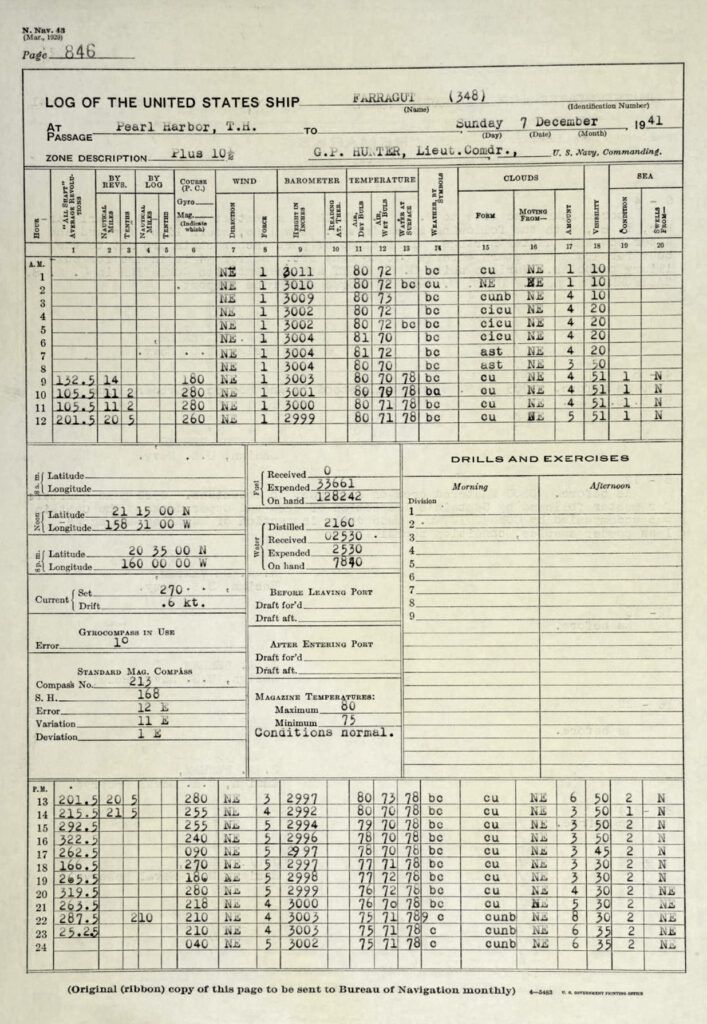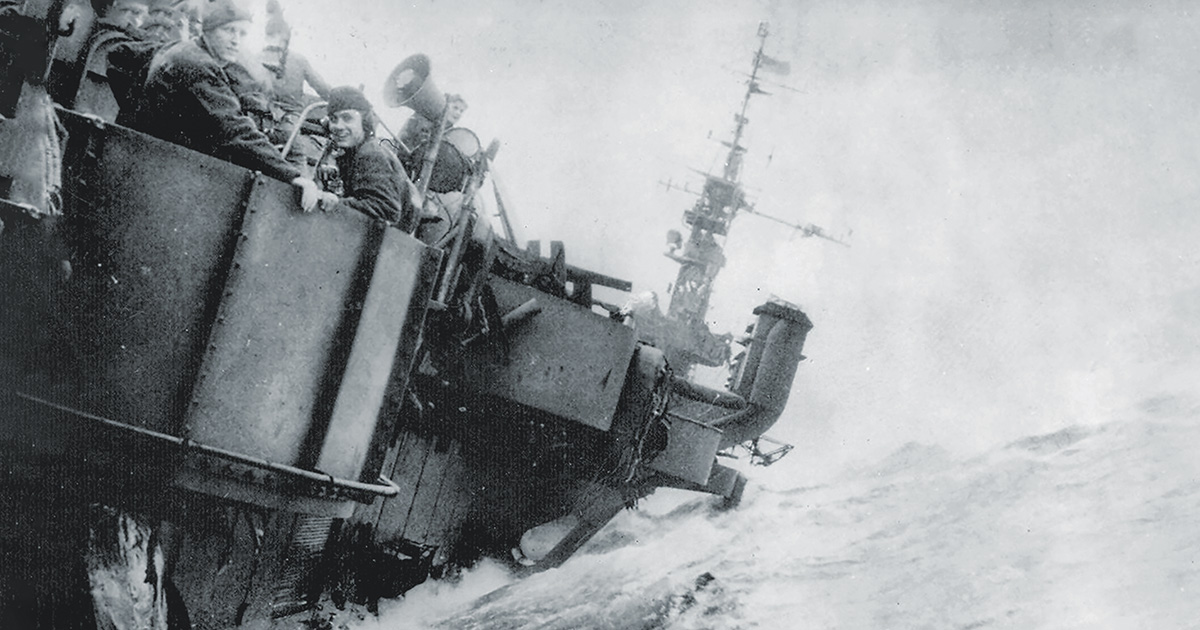For years, scientists have been digging by way of outdated ship logs and scouring local weather experiences for clues about changes in Earth's native climate. Nevertheless there was a distinct segment of their evaluation the size of World Battle II: the hostilities disrupted service supplier transport and diminished the number of local weather experiences produced by sailors. Commerce between the USA and Asia notably bought right here to a standstill.
In truth, fairly just a few naval ships patrolled the Pacific between 1941 and 1945. They normally have been tasked with logging their whereabouts every hour and recording local weather conditions in a standardized technique. Nonetheless, the military has categorised this meteorological mother lode and closed it to native climate researchers. The breakthrough lastly bought right here in 2017, when the Nationwide Archives launched 192,500 pages of US Navy Command info, principally from the Pacific and primarily from 1941 to 1946.
Now the researchers confronted one different hurdle. Given that recordings have been largely on paper, they wanted to be scanned, photographed and transcribed sooner than scientists all around the world may analyze them – a really labor-intensive enterprise. Happily, there was already a bunch of citizen scientists working beneath the title Outdated Local weather who had years of experience crowdsourcing the transcription of outdated ship logs to help native climate researchers.

So a workforce led by Praveen Teleti, an area climate modeler at Britain's School of Finding out, launched the Outdated Local weather WW2 enterprise and requested most people for help. For a yr and a half, 4,050 volunteers helped digitize 630,000 information from 19 ships – three battleships, an aircraft service, eight destroyers, six cruisers and a gunboat. Teleti talked about the enterprise was accelerated by the COVID-19 pandemic, which compelled people with little time to stay at dwelling.
The enterprise doubled the number of local weather observations accessible in some parts of the Pacific. The outcomes have been printed in Geoscientific info journal in September 2023. Now scientists can begin using the knowledge collected by citizen scientists to greater understand altering native climate.
Amongst completely different points, they hope to be taught additional a few mysterious improve in sea flooring temperatures in the midst of the battle – the so-called “World Battle II warmth anomaly” – which may even have additional to do with the easiest way sailors collected the knowledge. They normally hope to develop their understanding of Storm Cobra, a hurricane that struck the U.S. Pacific Fleet in December 1944, sinking three destroyers and killing virtually 800 people.
